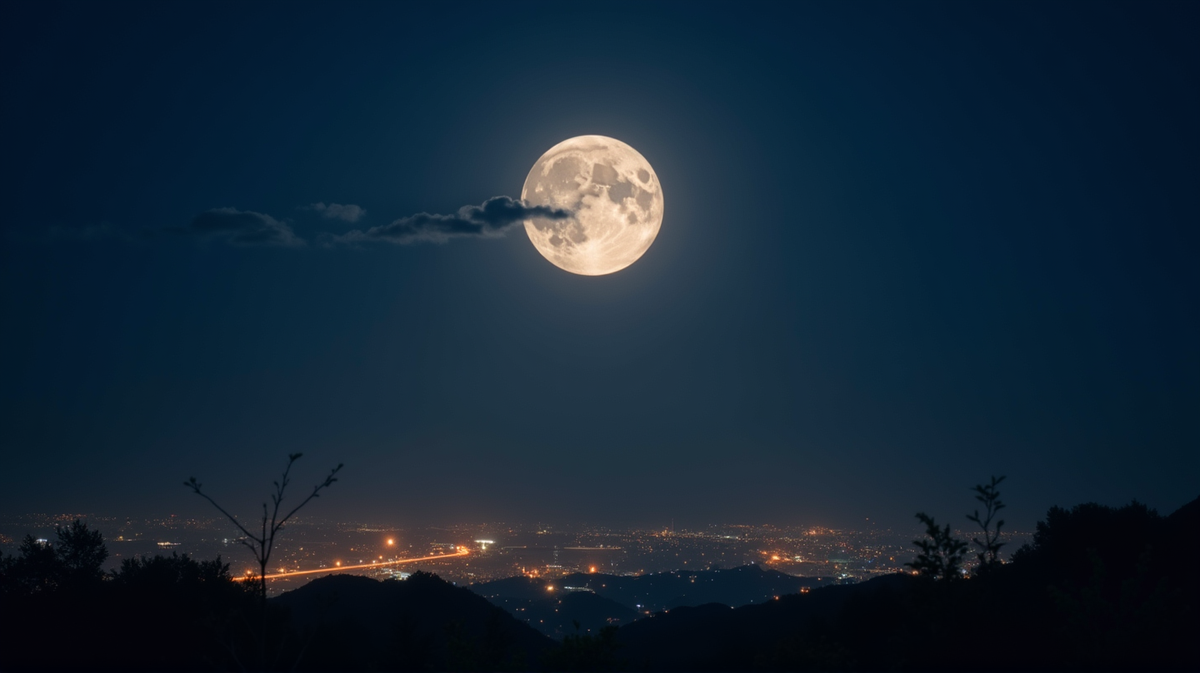Modern Technology Severing Our Ancestral Moon Connection
Could LED lights and screen exposure be disrupting our bodies' ancient synchronization with the Moon?

In the midst of our technology-driven world, a study unearths an intriguing notion—our human rhythm once danced in tune with the lunar cycles. The Moon, now often overshadowed by urban lights, may still leave whispers in our biology. But how?
Tracing Back the Tides of Connection
The rhythms of the Moon have guided humanity for eons. Bathing the Earth in its light, it guided ancient mariners and influenced seasonal shifts. Researchers investigating menstrual records over 50 years reveal that women’s cycles aligned with lunar phases until recent advances in technology seemed to fray this bond.
A Disrupted Synchronization
After 2010, a noticeable drift emerged. “Before today’s LED dominance, cycles often matched with either a full or new moon,” stated Charlotte Förster of Julius-Maximilians-Universität Würzburg, marking the advent of weakened synchronization. Yet, January remains an exception, where the gravitational pull offers a glimpse of the past connection.
Beyond Tradition to Scientific Inquiry
The idea extends beyond mere speculation. Basel researcher Christian Cajochen and biologist Horacio de la Iglesia observe sleep variations tied to moon phases, criticizing city lights for mimicking the moon’s glow and disrupting natural sleep patterns. Perhaps there’s more at play than mythology.
Modern Lights: Gifts and Curses
The allure of artificial illumination reveals a dual nature. While offering sight into nights, it may disrupt our intrinsic timing systems, which evolved with moonlight. Förster notes, “The high energy of LEDs and the blue light spectrum heavily influence the eye, overshadowing the natural cues.”
Unraveling the Mystery
While we cannot declare a definitive cause, the correlation highlights the power of disregarded natural cycles. In light of modern intrusions, traditional ties to the moon prompt further exploration into fertility or contraception relevance.
Unheard, Yet Still Present
As machines hum, screens glow, and city lights gleam, the Moon’s gentle sway remains elusive, masked yet persistent. It may be challenging to perceive under the fluorescent bombardment, but it still ticks—perhaps quietly within us.
The empirical findings shared by the study appear in the journal Science Advances. According to Earth.com, nature’s ancient rhythms echo through human biology, suggesting a renewal of focus on the lunar influence and warrant further exploration.





